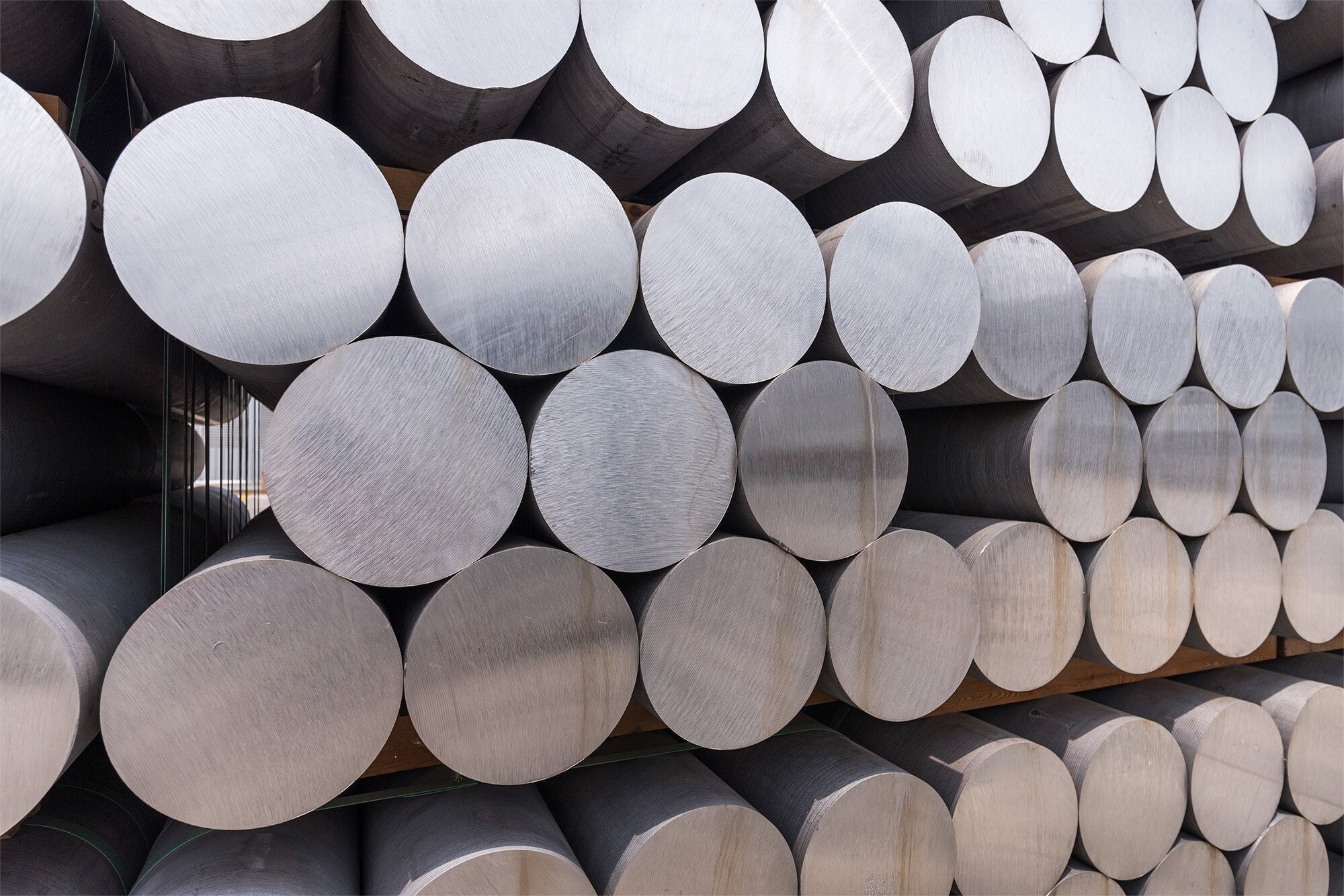Slow progress despite aluminium industry's net zero commitments: ING observes
Major aluminium producers have set ambitious net-zero decarbonisation targets for 2050 and beyond. However, despite a modest reduction in greenhouse gas (GHG) emissions over the past five years, significant progress remains limited, as noted by ING Think.
 Image credit: Metal Supplies
Image credit: Metal Supplies
On September 30, 2024, the World Economic Forum’s publication stated that the global aluminium industry, responsible for approximately 2 per cent of global greenhouse gas emissions and generating 1.1 billion tonnes of CO2e annually, faces mounting pressure to decarbonize. Scientific evidence, extreme weather events, and evolving consumer expectations underscore the urgent need for change. With aluminium demand projected to surge by 40 per cent by 2030, emissions could rise even further, intensifying environmental challenges. As the second-largest metals industry after steel, aluminium is now firmly on the path to decarbonisation, recognising the critical need for cleaner, more sustainable practices.
Let's take a broader look at ING Think's observations regarding the decarbonisation of the aluminium industry.
 Events
Events
 e-Magazines
e-Magazines
 Reports
Reports
This news is also available on our App 'AlCircle News' Android | iOS


























